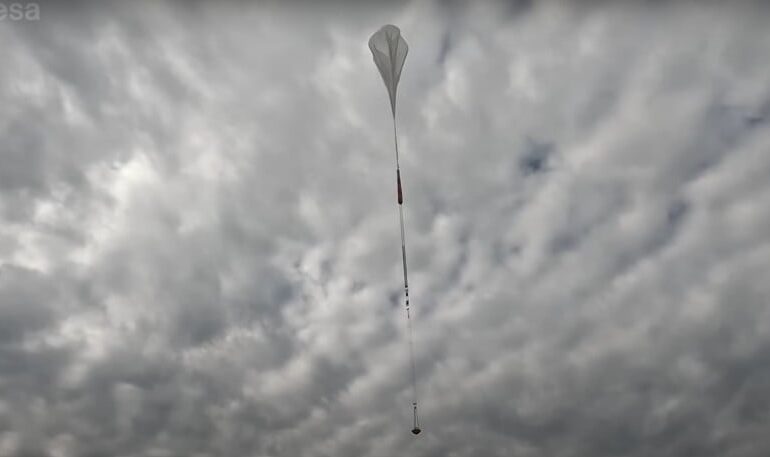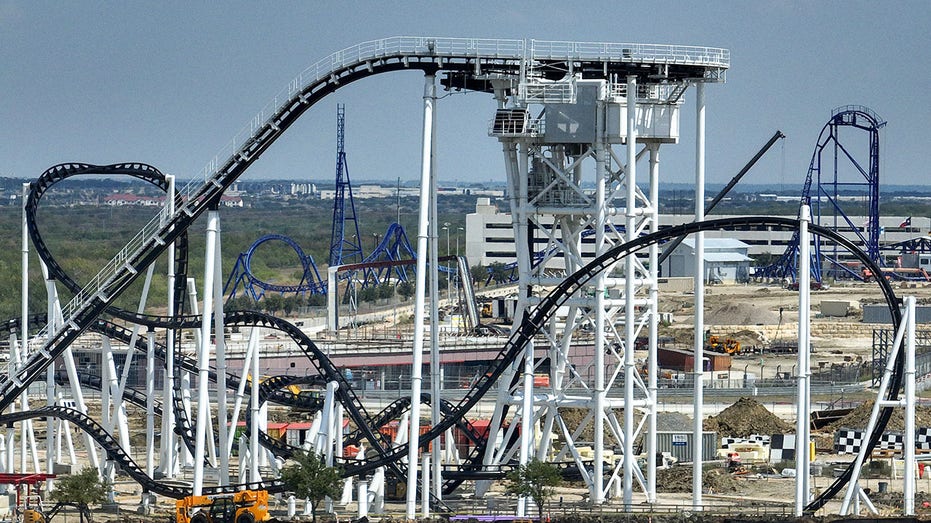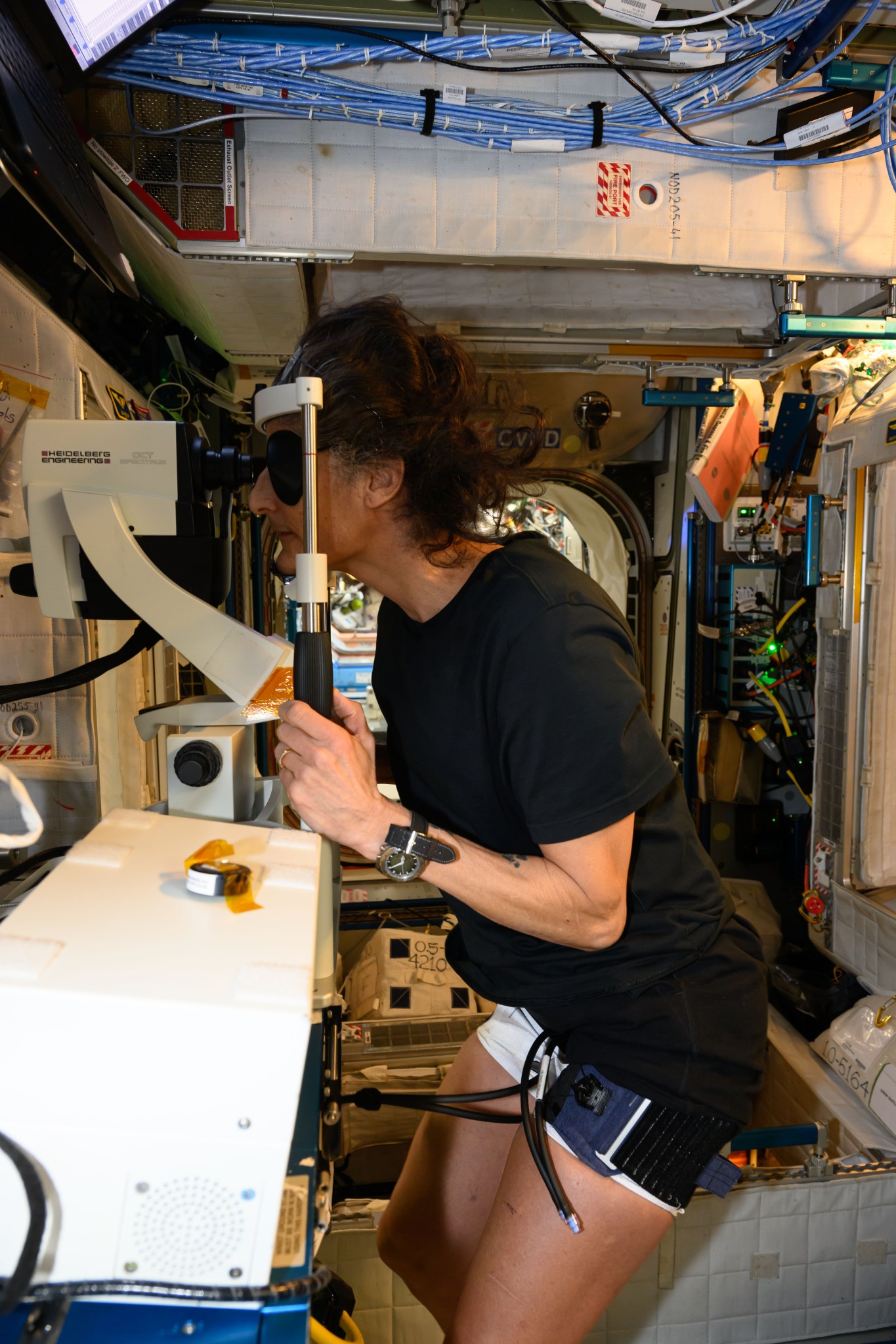ExoMars Team Successfully Tests Parachute in Stratospheric Drop

Engineers from the European Space Agency (ESA) have successfully tested the parachute system for the upcoming ExoMars mission, simulating Martian conditions through a unique stratospheric drop. This innovative test, conducted in northern Sweden, aimed to ensure the parachute’s performance before the spacecraft’s anticipated launch in October 2028.
Recreating the environment that spacecraft encounter during their descent to Mars presents a significant challenge on Earth. Traditional methods often rely on large vacuum chambers or specialized wind tunnels. In a creative twist reminiscent of classic physics experiments, ESA engineers conducted a scaled-up version of the egg-drop test. This involved a massive balloon, roughly the size of a football field, which lifted the test rig to the stratosphere.
The ExoMars mission follows a multi-stage descent process. Initially, the spacecraft will use aerobraking to slow its descent through Mars’ atmosphere. Subsequently, it will deploy a parachute to decelerate further before firing retrorockets for a soft landing. Each component requires rigorous testing, and the parachute was subjected to this recent high-altitude evaluation.
During the test, the rig, which included a model of the heat shield and internal components of ExoMars, was ascended by a large balloon. Once in the stratosphere, the rig was released, and the parachute deployed immediately, mimicking the conditions expected during the spacecraft’s descent. The high-altitude environment closely resembles Mars’ thin atmosphere, allowing the team to gather critical data on the parachute’s performance at speeds reflective of those anticipated after the aerobraking phase.
Equipped with sensors to measure orientation, rotation, and speed, the test rig also captured video footage during its descent. After landing in a remote area of northern Sweden, a helicopter team was dispatched to retrieve it, echoing the excitement of many aspiring engineers who have dreamt of such an experience.
The parachute had been stored for several years prior to this test, which aimed to ensure that it remained in optimal condition despite its time in storage. While there have been no official announcements regarding the test’s success, preliminary observations indicate that the parachute deployed effectively and remained intact throughout the descent. The absence of significant damage to the test vehicle also suggests a favorable outcome.
As the ExoMars mission progresses, engineers have until October 2028 to finalize the construction and testing of remaining systems. Given the complex geopolitical landscape surrounding the project, advancing to this stage marks a notable achievement for the team. With the parachute test now completed, engineers can shift their focus to subsequent evaluations, including exciting challenges like testing the heat shield’s resilience against intense heat or ensuring the spacecraft’s rockets function correctly during landing.
The successful completion of this parachute test highlights the innovative approaches being employed as part of the ExoMars mission, setting the stage for future advancements in space exploration.






